How to Develop Alpaca Breeding for Color Variety
To develop alpaca breeding for color variety, you’ll want to start by understanding key genes like ASIP and MC1R that influence fiber color. Using color genotyping helps predict offspring colors by analyzing these genes in potential parents, so you can pick pairings with the best chance for diverse hues. Incorporate diverse bloodlines and avoid genetic defects by selecting healthy, solid-colored alpacas. Mastering these basics sets you up to optimize color outcomes and breed with greater confidence and success.
Key Takeaways
- Utilize color genotyping of ASIP and MC1R genes in parents to accurately predict and select for desired fiber color outcomes in offspring.
- Introduce diverse bloodlines with strong color genetics and proven EPD rankings to enhance color variation and genetic health.
- Prioritize mating pairs based on genotype compatibility and historical breeding success for specific color traits like black or dark shades.
- Pair colored alpacas with high-quality white alpacas strategically to balance fiber quality and increase chances of darker offspring.
- Continuously monitor breeding results and adjust strategies to avoid genetic defects and improve predictability of color outcomes.
Understanding Alpaca Color Genetics
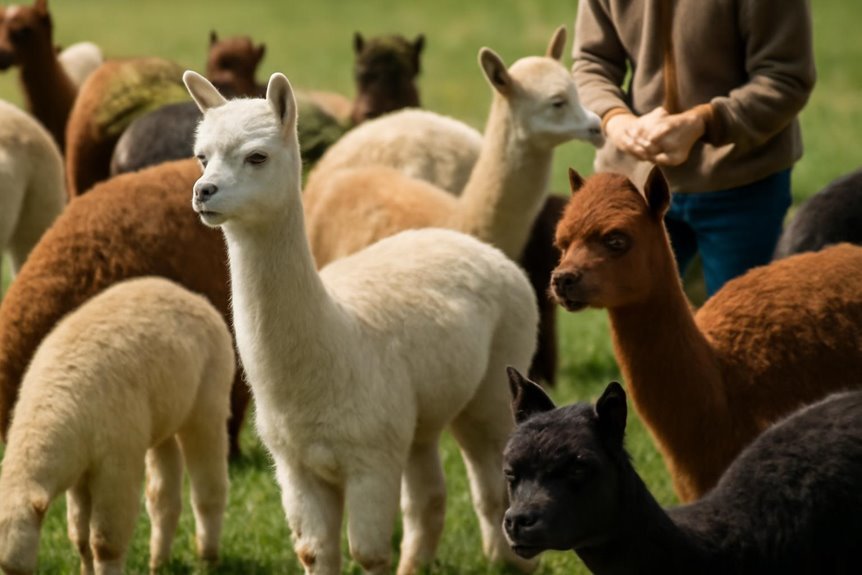
Although alpaca color genetics can seem complex, understanding the roles of the ASIP and MC1R genes is key to predicting fiber color outcomes. These two genes carry inherited alleles that influence your alpaca’s fiber color, shaping the color variety in your herd. White phenotypes don’t come from a specific white gene but from dilution, which means breeding outcomes can be unpredictable. That’s where genotyping becomes invaluable—it reveals the genetic background of each alpaca, helping you calculate potential color outcomes when pairing animals. By breeding colored alpacas with high-quality whites, you can improve fiber quality and increase the chances of desirable colors. Paying attention to the relationship between color depth and MC1R genotypes lets you make smarter decisions to develop consistent, varied fiber colors.
The Role of ASIP and MC1R Genes in Fiber Color
When you’re aiming to develop a variety of alpaca fiber colors, understanding how the ASIP and MC1R genes work together is essential. These genes control pigmentation and influence the color variety you can achieve through breeding strategies. Here’s what you need to know:
- The ASIP gene has two alleles (A and a), where “A” is linked to darker base colors and “a” to lighter shades.
- The MC1R gene’s alleles (E and e) determine color depth, with “E” producing darker pigmentation and “e” lighter colors.
- White alpacas result from color dilution, not a specific gene mutation, showing the complexity of genetic color inheritance.
- Alpaca breeders use color genotyping to identify ASIP and MC1R allele combinations, helping predict fiber colors and plan breeding strategies effectively.
Utilizing Color Genotyping to Predict Offspring Colors
Since the ASIP and MC1R genes play a key role in fiber color, using color genotyping lets you accurately predict the possible colors of your alpaca offspring. By analyzing these genes in both sire and dam, color genotyping helps breeders predict color outcomes more reliably, reducing guesswork in breeding combinations. This insight allows you to select pairings that enhance desirable fiber colors and increase color variations among your cria. Understanding that white phenotypes arise from dilution processes, not a single white gene mutation, highlights the complexity breeders face. Utilizing color genotyping minimizes risks tied to suboptimal breeding combinations, ensuring you produce cria with targeted colors. Ultimately, this tool empowers breeders like you to optimize fiber colors and improve the predictability and profitability of your alpaca breeding program.
Selecting Diverse Bloodlines to Enhance Color Variation
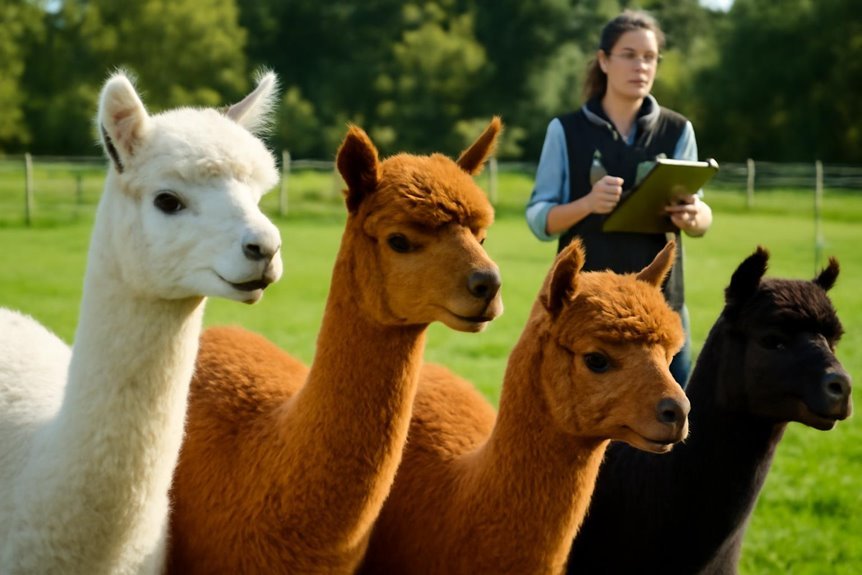
To enhance color variation in your alpaca herd, you need to select diverse bloodlines that bring different genetic traits into your breeding program. By focusing on genetic contributions from key color genes and blending various lineages, you can improve color outcomes effectively. Here’s how to approach selecting diverse bloodlines:
Selecting diverse bloodlines with key color genes enhances alpaca herd color variation and improves breeding outcomes.
- Use color genotyping to understand the predictability of offspring colors based on the parents’ genetics.
- Incorporate alpacas with strong color genetics and proven EPD rankings for desired shades.
- Breed colored alpacas with high-quality white alpacas to balance fiber quality and expand color variation.
- Introduce alpacas from different geographical and genetic backgrounds to boost genetic diversity and enrich color variation.
This strategy guarantees you’re breeding colored alpacas with superior fiber quality and a broad color palette.
Avoiding Genetic Defects in Breeding Programs
You need to identify genetic defects early to keep your herd healthy and productive. Removing animals with defects from your breeding program prevents passing on harmful traits. By carefully selecting breeding pairs, you can avoid transmitting these defects and improve your alpacas’ quality.
Identifying Genetic Defects
Although breeding for color variety can be exciting, you need to be careful about genetic defects that may arise. Identifying these defects early is essential for maintaining the health of the herd and improving herd quality. Here’s what you should focus on:
- Understand the white-spot gene’s risks, especially its link to deafness and blindness in blue-eyed, all-white alpacas.
- Avoid breeding gray females to white-spot animals, as this increases genetic defect chances.
- Prioritize solid colored males and defect-free alpacas in your breeding practices to reduce hereditary issues.
- Gain genetic knowledge to make informed decisions that protect your herd’s long-term health.
Removing Defective Animals
Once you’ve identified genetic defects within your alpaca herd, the next step is removing affected animals from your breeding program. Avoid breeding defective animals, especially those carrying genes like merle or white-spot, which increase risks of deafness and sterility. To improve herd quality and achieve healthier progeny, rely on thorough genetic screening before you select breeding pairs. Prioritize solid color breeding with true black or dark bay alpacas, as this reduces the chance of passing on genetic defects while maintaining color variety. Be cautious not to breed gray females to white-spot males, since this combination often produces defective cria. By consistently removing defective animals and carefully selecting breeding pairs, you’ll steadily improve herd quality and strengthen your color variety goals.
Preventing Defect Transmission
Because breeding gray females to white-spot males greatly raises the risk of producing offspring with genetic defects like deafness and blindness, you’ll want to avoid this pairing. To guarantee healthy, defect-free alpacas in your breeding programs, follow these steps:
- Avoid pairing gray females with white-spot animals to reduce compromised offspring.
- Select solid-colored males, such as true black or dark bay, for breeding to minimize genetic defects.
- Exclude animals with known defects from your herdsires and breeding programs.
- Prioritize the top 5% males as herdsires to improve the overall quality of offspring.
Case Studies: Successful Color Breeding Examples
You’ll see how herdsire genetics play a vital role in shaping color outcomes when you study successful breeding cases. By using detailed color outcome predictions, breeders can select pairings that maximize desired traits and minimize surprises. These examples show how smart genetic choices lead to more consistent and vibrant cria colors.
Herdsire Genetic Impact
Although breeding colored alpacas with high-quality white herdsires might seem counterintuitive, it’s proven to boost the chances of producing black crias while enhancing fiber quality. Understanding the herdsire’s genetic makeup is crucial in color breeding success. Here’s what you should focus on:
- Use genotyping to identify black alleles in your herdsire, as seen with Snowmass XXXtreme Tribute, which carries two black alleles.
- Evaluate EPD rankings to select herdsires like Snowmass Coalition that improve offspring fiber color and quality.
- Study genetic data from herdsires such as OA’s XXXtreme Daredevil XXX, whose genotype reduces the chance of white offspring.
- Continuously analyze outcomes through genotyping to refine your breeding strategy and better predict black offspring production.
This strategic approach maximizes your breeding program’s color and fiber quality potential.
Color Outcome Predictions
When you pair breeding colored alpacas with genetically strong high-quality white alpacas like Snowmass XXXtreme Tribute, which carries two black alleles, you can greatly increase the chances of darker offspring while improving fiber quality. Using genotype data from both parents, such as OAS Lady Liberty XX’s black allele, helps you assess genetic compatibility and predict color outcomes more accurately. Successful breeding pairs like Snowmass Coalition demonstrate how careful genetic assessment reduces the unpredictability of color outcomes. While cases like OA’s XXXtreme Daredevil XXX remind you that some pairings rarely produce white cria, calculating the percentage of potential color outcomes guides your decisions. By leveraging genotype data and understanding genetic compatibility, you can strategically develop a breeding program that achieves your desired color variety.
Integrating Genotyping Data Into Breeding Strategies
Since color genotyping analyzes key genes like ASIP and MC1R, you can use this data to predict your alpacas’ fiber colors more accurately. Integrating genotyping into your breeding strategies helps optimize your breeding program for consistent, desired colors and improved fiber quality. Here’s how to do it:
- Analyze alleles from both sire and dam to understand genetic potential.
- Select mating pairs based on genotyping data to maximize predictability of offspring color.
- Focus on herdsires with strong genetic potential, like Snowmass XXXtreme Tribute for black crias.
- Adjust your breeding strategies regularly to enhance color variety and fiber quality outcomes.
Frequently Asked Questions
What Is the Color Genetics in Alpacas?
Imagine alpaca color as a painter’s palette—you’ll need genetics basics like ASIP and MC1R to master color inheritance. Use genetic testing and breeding strategies to influence phenotype expression, achieve color combinations, and meet your breeding goals amid evolving color trends.
What Is the Rarest Color of Alpacas?
When exploring rare alpaca colors, true black is the rarest. Understanding alpaca color classifications and color genetics basics helps you identify rare shades. Breeding for rarity requires mastering color inheritance patterns and applying strategic breeding strategies diversity.
What Is the Most Expensive Alpaca Color?
You know, “beauty is in the eye of the beholder.” Black alpacas pricing tops the market due to rarity and fiber quality. Gray alpacas value is high, while white, fawn, and brown alpacas demand varies with color patterns and genetic testing.
At What Age Should You Stop Breeding Alpacas?
You should stop breeding alpacas around 12 to 15 years, considering health, breeding age, and fiber quality. Use genetic testing, adjust mating frequency, plan cria care, and explore retirement options based on reproductive lifespan and market demand.

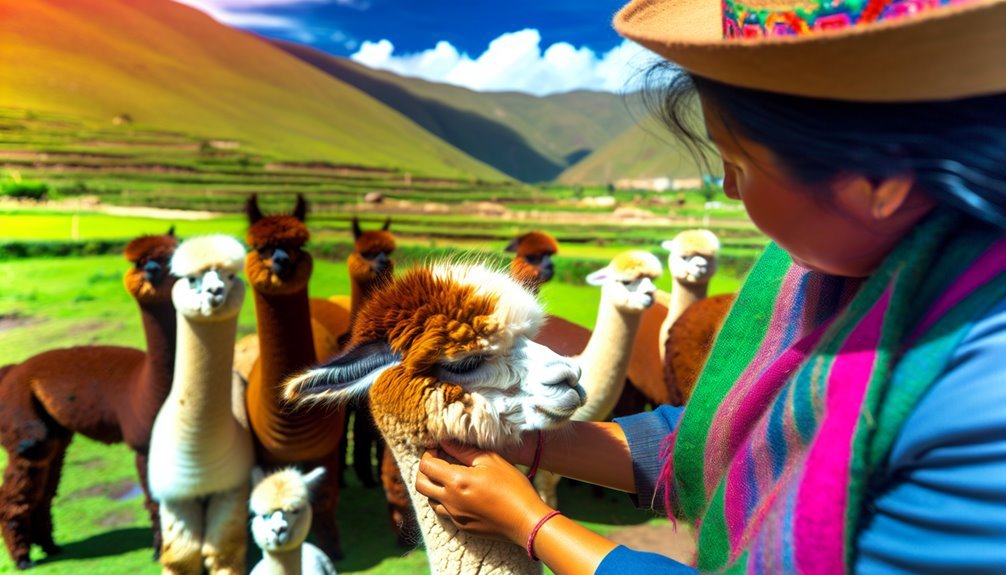



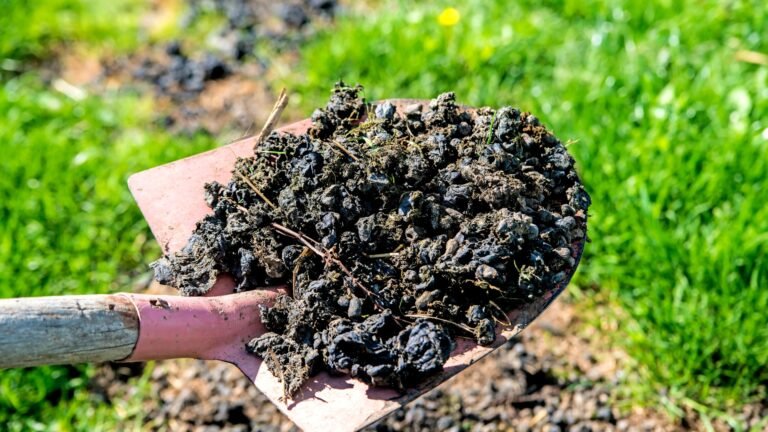
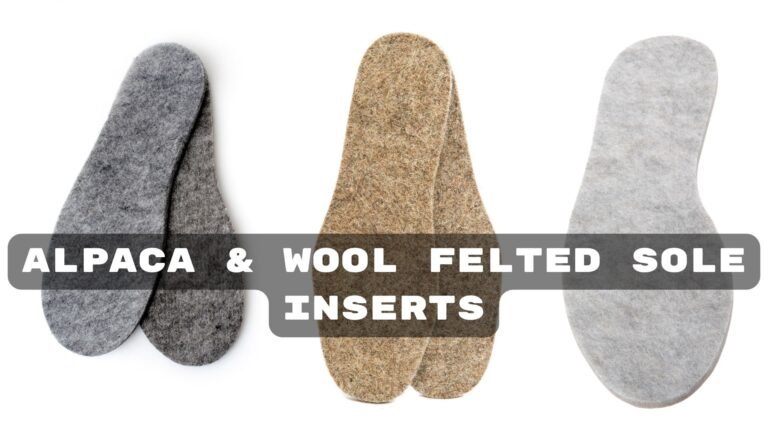
Our picks
Alpaca & Wool Felted Sole Inserts: Comfy Upgrade?
Best Alpaca Socks for Hiking: Ultimate Comfort and Durability on Trails
Best Alpaca Halter for Comfort and Control